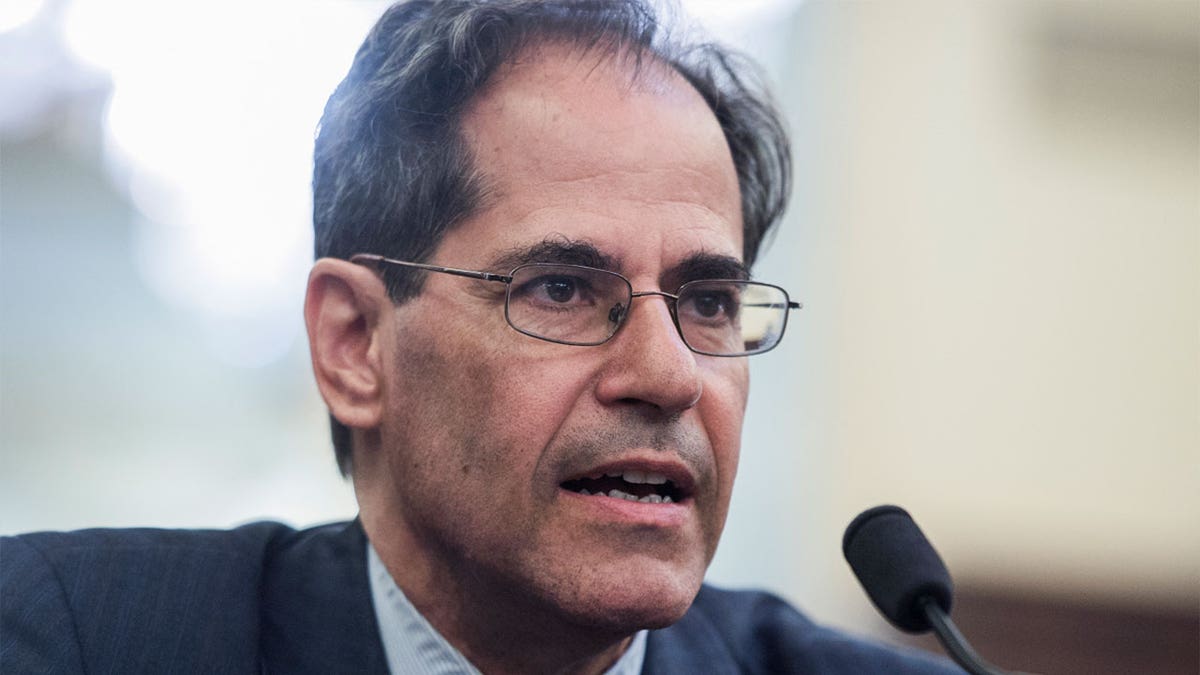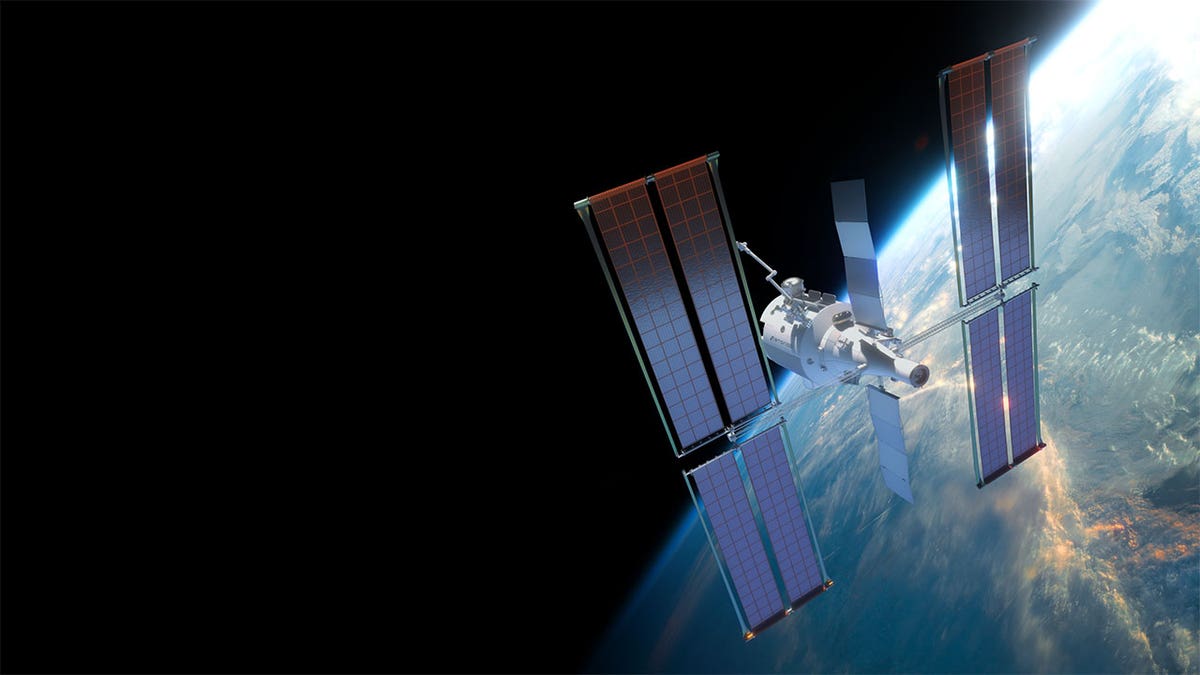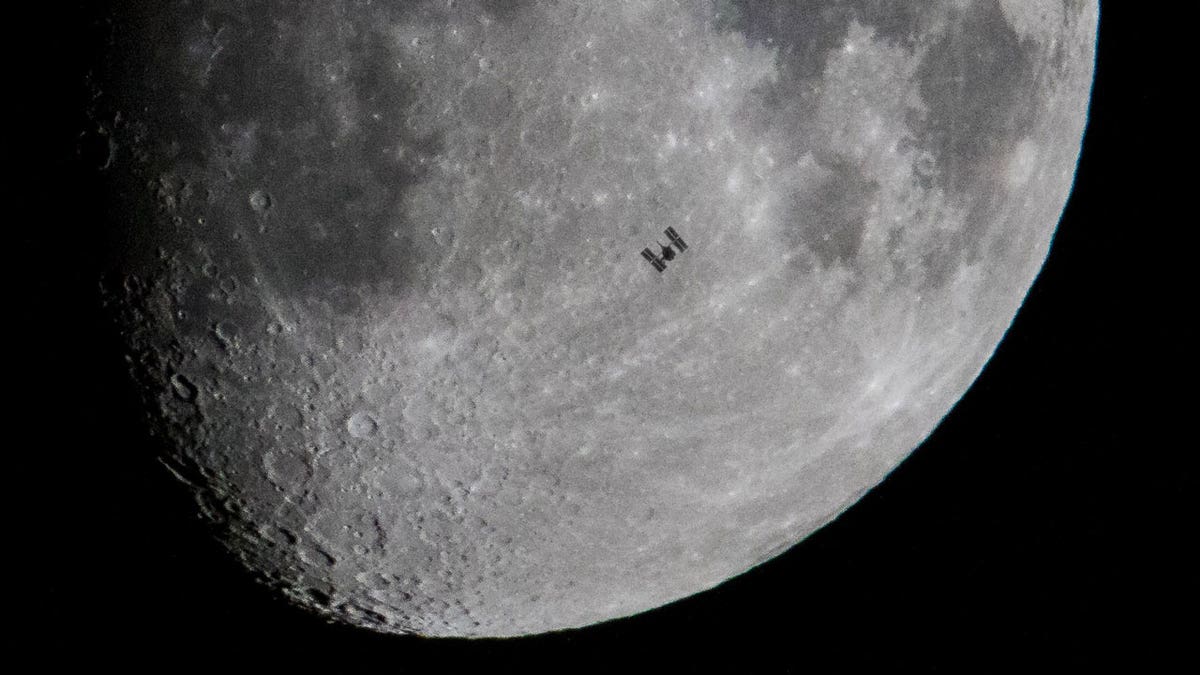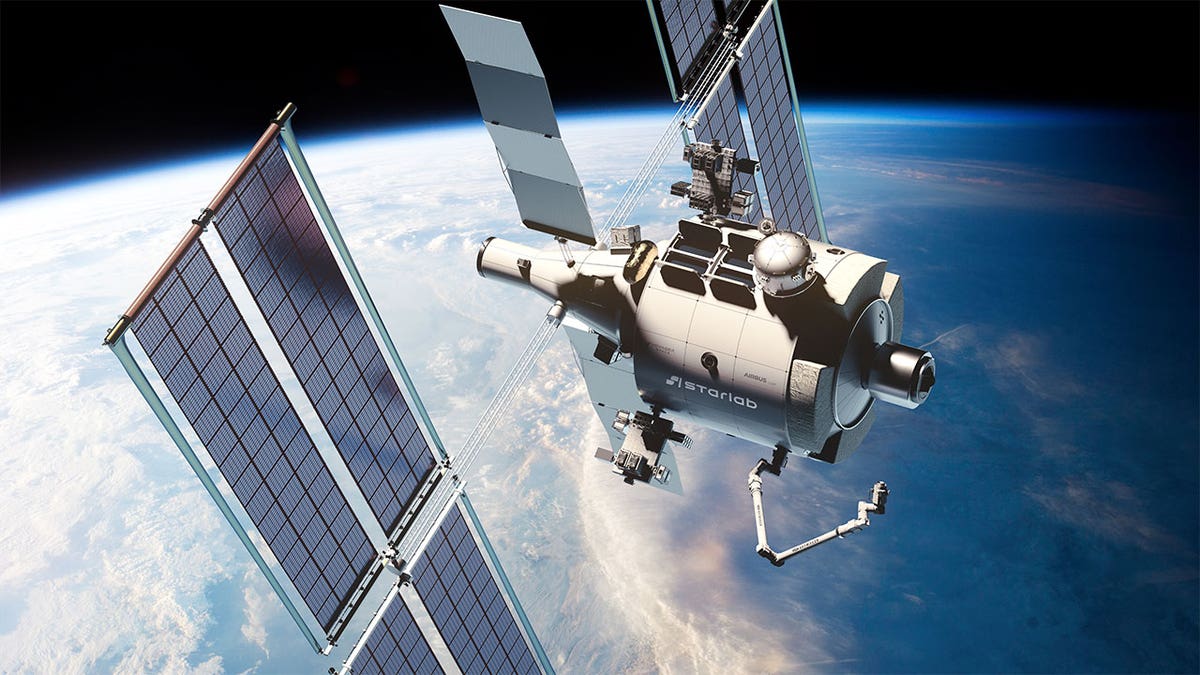This week, NASA finished their strategy to maintain a human presence in space. A document emphasized the importance of maintaining the capacity for stays extended in orbit after the international space station was removed.
“NASA’s Earth’s orbit microgravity strategy will guide the agency to the next generation of continuous human presence in orbit, will allow for greater economic growth and will maintain international collaborations,” the document said.
The commitment is presented in the midst of the questions whether the new space stations will be ready to go. With the effort of the Trump administration to reduce spending through the Government efficiency department, there are also fears that NASA may face cuts.
Interstellar voyager 1 resumes operations after pause in communications with NASA
“Like everyone has to make hard decisions when the budget is tight, we have made some options in the last year, in fact, to cut programs or cancel them together to ensure that we are focusing on our highest priorities,” said Pam Melroy, an assistant administrator of NASA.
Voyager Commercial Space company works at one of the space stations that could replace the International Space Station when it comes to 2030. The company applauded NASA’s strategy to keep humans in space.
A representation shows a voyager spacecraft. Voyager works at one of the space stations that could replace the International Space Station, which is expected to be removed in 2030. (Voyager Space)
“We need this commitment because we have our investors who say,” Are the United States committed? “, Said the president of the space and space stations of Jeffrey Manber Voyager.
President Reagan first launched the effort to keep humans in space in a permanent residence. He also warned of the need for private collaborations.
“America has always been older when we dared to be old.

Jeffrey Manber, President of Voyager Space space and international stations, praised NASA’s commitment to investigate how to support a human presence in space. (Associated Press)
The ISS first piece was launched in 1998. Since then, it has welcomed more than 28 people from 23 countries. For 24 years, humans have continuously occupied the ISS.
The Trump administration published a national spatial policy in 2020, which called for a “continuous human presence in the terrestrial orbit” and also emphasized the need to move to commercial platforms. The administration of Biden maintained this policy.
Nasa Rover captures the silhouette of a martial moon in an impressive video
“Let’s say we had no commercial stations that were ready to go there. Technically, we could keep the space station, but the idea was to fly it until 2030 and disorganize it in 2031,” said NASA administrator Bill Nelson in June.
In recent months, there have been questions if politics would be maintained.

A representation shows a spatial nave of floating voyager in orbit above the Earth. (Voyager Space)
“I just want to talk about the room elephant for a moment, the continuous human presence. What does this mean? It is a continuous heartbeat or a continuous capacity? While originally we expected this to come out of this process, we are still having conversations about it and understanding -” Melroy told the international astronautical congress in October.
NASA’s completed strategy took into account the worries of commercial and international partners about what would be losing the ISS without a commercial station ready to go.
“Almost all of our partners in the industry agreed. The continuous presence is the heartbeat. And this is where we are located,” said Melroy. “I think this continuous presence, its leadership. Today, the United States leads the human spatial sense. The only other space station that will be in orbit when IS is disrupted, if we do not have a commercial destination in time, it will be the Chinese space station. And we want to stay and continue to be the partner of our industry and our goals for NASA.”
Three companies, including Voyager, are working with NASA to develop commercial space stations. Axiom signed an agreement with NASA in 2020. The agency awarded contracts to Nanoracks, which is now part of Voyager Space and Blue Origin in 2021.

A representation shows a voyager spacecraft at a distance, passing in front of the moon. (Voyager Space)
“We have had some challenges, to be perfectly honest with you. Budgeting caps North -American Astronauts in orbit,” said Melroy.
Voyager says he is not behind the development process and is still planning to launch his Starrship Space Station in 2028.
Click here to get the Fox News app
“We do not ask for more money. We are going. We are ready to replace the international space station,” said Manber. “Everyone knows Spacex, but there are hundreds of companies that have created the space economy. And if we lose their permanent presence, you will lose this supply chain.”
Additional funds have been provided for the three companies from the initial contracts of the space station. A second round of funding could be crucial to some projects. NASA could also grant funding for new space station proposals. One of the prospects is Long Beach, the vast space of California. The company has recently presented concepts for its shelter modules. He plans to launch the Haven-1 as soon as next year.
“We believe absolutely competition is critical. This is a development project. It is difficult. It was difficult to build the space station. We ask our commercial partners to take a step and make a little help from us. We believe that it is really important that we bring so many options to see what is really put when we really arrive,” said Melroy.
#NASA #ends #strategy #human #presence #space
Image Source : www.foxnews.com
